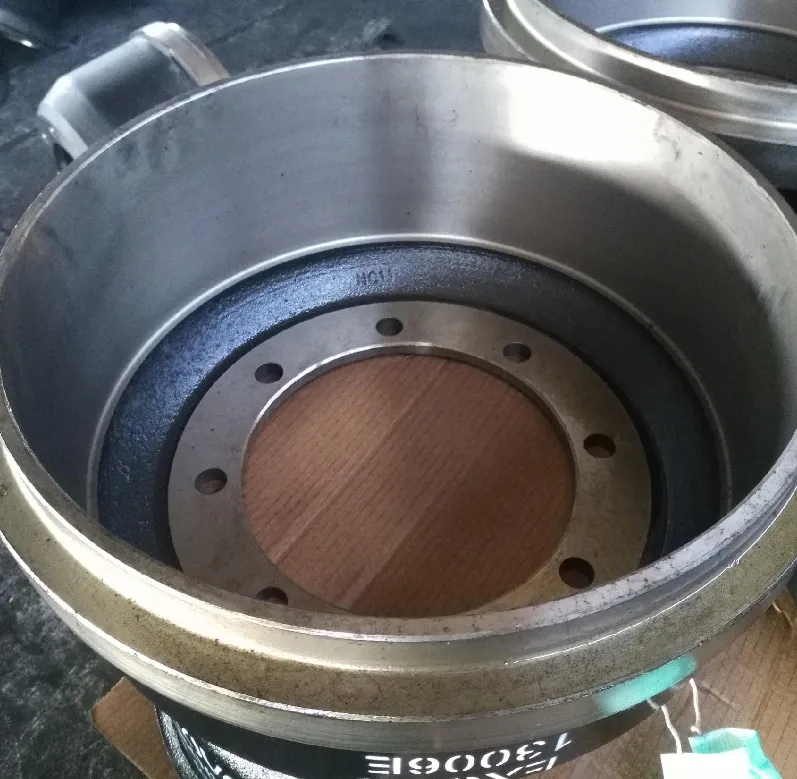
-
 Afrikaans
Afrikaans -
 Albanian
Albanian -
 Amharic
Amharic -
 Arabic
Arabic -
 Armenian
Armenian -
 Azerbaijani
Azerbaijani -
 Basque
Basque -
 Belarusian
Belarusian -
 Bengali
Bengali -
 Bosnian
Bosnian -
 Bulgarian
Bulgarian -
 Catalan
Catalan -
 Cebuano
Cebuano -
 Corsican
Corsican -
 Croatian
Croatian -
 Czech
Czech -
 Danish
Danish -
 Dutch
Dutch -
 English
English -
 Esperanto
Esperanto -
 Estonian
Estonian -
 Finnish
Finnish -
 French
French -
 Frisian
Frisian -
 Galician
Galician -
 Georgian
Georgian -
 German
German -
 Greek
Greek -
 Gujarati
Gujarati -
 Haitian Creole
Haitian Creole -
 hausa
hausa -
 hawaiian
hawaiian -
 Hebrew
Hebrew -
 Hindi
Hindi -
 Miao
Miao -
 Hungarian
Hungarian -
 Icelandic
Icelandic -
 igbo
igbo -
 Indonesian
Indonesian -
 irish
irish -
 Italian
Italian -
 Japanese
Japanese -
 Javanese
Javanese -
 Kannada
Kannada -
 kazakh
kazakh -
 Khmer
Khmer -
 Rwandese
Rwandese -
 Korean
Korean -
 Kurdish
Kurdish -
 Kyrgyz
Kyrgyz -
 Lao
Lao -
 Latin
Latin -
 Latvian
Latvian -
 Lithuanian
Lithuanian -
 Luxembourgish
Luxembourgish -
 Macedonian
Macedonian -
 Malgashi
Malgashi -
 Malay
Malay -
 Malayalam
Malayalam -
 Maltese
Maltese -
 Maori
Maori -
 Marathi
Marathi -
 Mongolian
Mongolian -
 Myanmar
Myanmar -
 Nepali
Nepali -
 Norwegian
Norwegian -
 Norwegian
Norwegian -
 Occitan
Occitan -
 Pashto
Pashto -
 Persian
Persian -
 Polish
Polish -
 Portuguese
Portuguese -
 Punjabi
Punjabi -
 Romanian
Romanian -
 Russian
Russian -
 Samoan
Samoan -
 Scottish Gaelic
Scottish Gaelic -
 Serbian
Serbian -
 Sesotho
Sesotho -
 Shona
Shona -
 Sindhi
Sindhi -
 Sinhala
Sinhala -
 Slovak
Slovak -
 Slovenian
Slovenian -
 Somali
Somali -
 Spanish
Spanish -
 Sundanese
Sundanese -
 Swahili
Swahili -
 Swedish
Swedish -
 Tagalog
Tagalog -
 Tajik
Tajik -
 Tamil
Tamil -
 Tatar
Tatar -
 Telugu
Telugu -
 Thai
Thai -
 Turkish
Turkish -
 Turkmen
Turkmen -
 Ukrainian
Ukrainian -
 Urdu
Urdu -
 Uighur
Uighur -
 Uzbek
Uzbek -
 Vietnamese
Vietnamese -
 Welsh
Welsh -
 Bantu
Bantu -
 Yiddish
Yiddish -
 Yoruba
Yoruba -
 Zulu
Zulu
Brake Drums and Discs
Understanding Brake Drums and Discs Key Components of Vehicle Safety
When it comes to vehicle safety, the brake system is one of the most critical elements. Among the various components that contribute to efficient braking, brake drums and brake discs play pivotal roles. Understanding the differences, functions, and maintenance of these components is essential for any vehicle owner.
Understanding Brake Drums and Discs Key Components of Vehicle Safety
On the other hand, brake discs, also known as rotors, have become increasingly popular in modern automobiles due to their superior performance and cooling capabilities. A disc brake system consists of a flat, circular disc attached to the wheel and brake calipers that house the brake pads. When the brake pedal is pressed, the calipers clamp the pads against the disc, creating friction that slows the vehicle down. Disc brakes are often preferred because they are less prone to fading under high temperatures, which can occur in drum brakes when used excessively.
the brake drums or discs

Both systems have their advantages and disadvantages. While drum brakes are generally cheaper to manufacture and can offer greater surface area for contact, they are more susceptible to heat build-up, which can compromise their effectiveness over time. Disc brakes, while more expensive, provide better performance in terms of venting heat and offer more consistent stopping power, particularly in emergency situations.
Maintenance is vital for both brake drums and discs. Regular inspection ensures that brake components remain in optimal condition. For drum brakes, it is essential to check for wear on the brake shoes and the drum's inner surface. A well-maintained brake drum can last for many years; however, if any signs of deep grooves or cracks are present, replacement is necessary.
For disc brakes, checking the thickness of the rotors is crucial, as they can wear down faster than drums. Most rotors have a minimum thickness specification, and exceeding this limit can lead to reduced braking effectiveness. Additionally, brake pads should be replaced periodically to ensure reliable performance.
In conclusion, understanding the fundamental differences between brake drums and discs is essential for vehicle safety. Regular maintenance and timely replacement of these components can significantly influence a vehicle's braking performance. Whether you drive an older model with drum brakes or a newer vehicle with disc brakes, prioritizing brake health is paramount for ensuring safety on the road. Always consult with a professional mechanic if you notice any unusual sounds or decreases in braking efficiency, as these can be early indicators that something may be amiss with your brake system. Your safety—and that of others on the road—depends on it.
-
What Are Drum BrakesNewsJul.07,2025
-
Understanding Brake Drum MaterialNewsJul.07,2025
-
Semi-Trailer Brake Drum: A Key Component for Extreme Loads and Long-Distance TransportNewsJul.07,2025
-
Drum Brake Pads for SaleNewsJul.07,2025
-
Brake Drums for SaleNewsJul.07,2025
-
Brake Drum ManufacturerNewsJul.07,2025
-
Aluminum Brake Drums: The Future of High-Performance CarsNewsJul.07,2025
